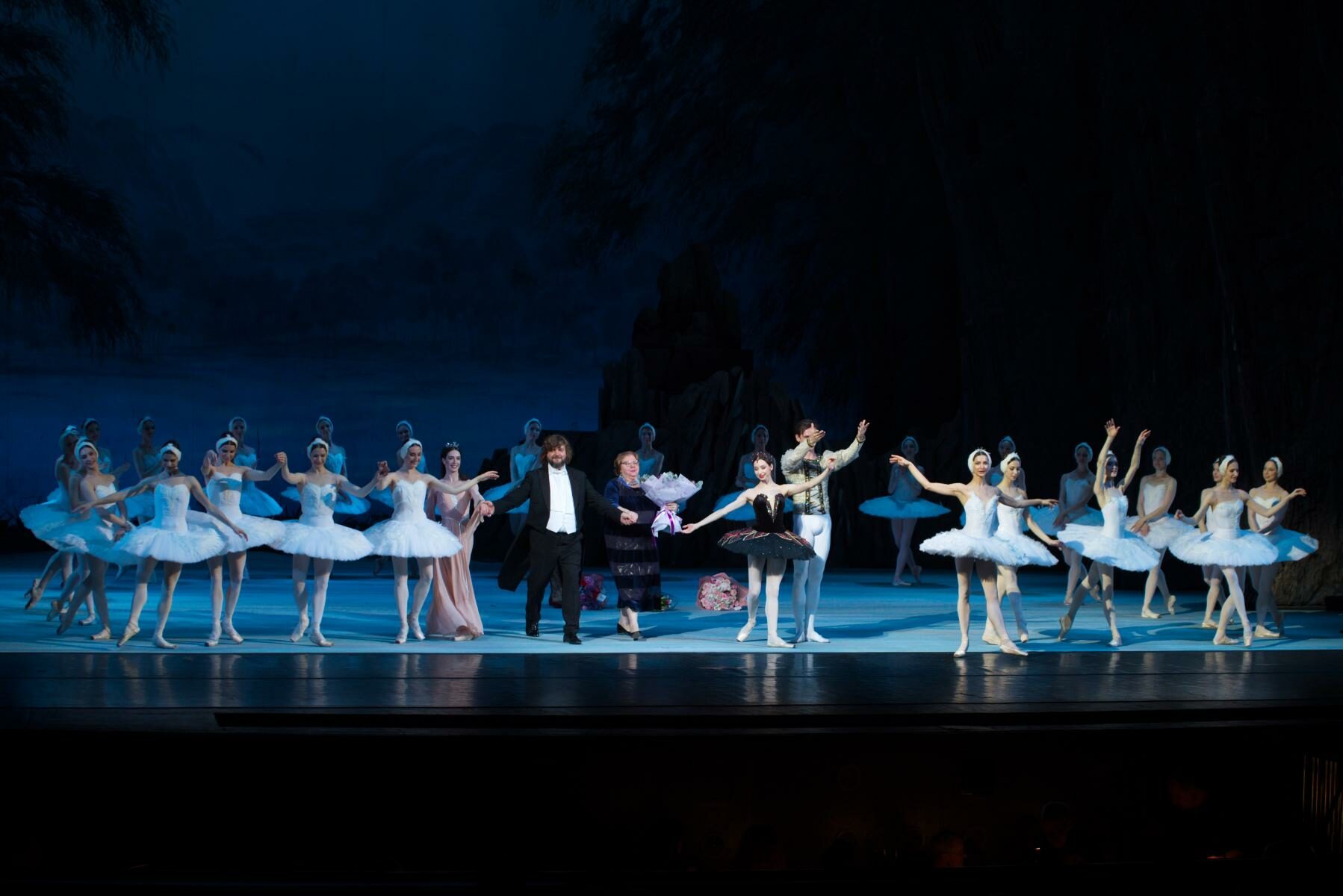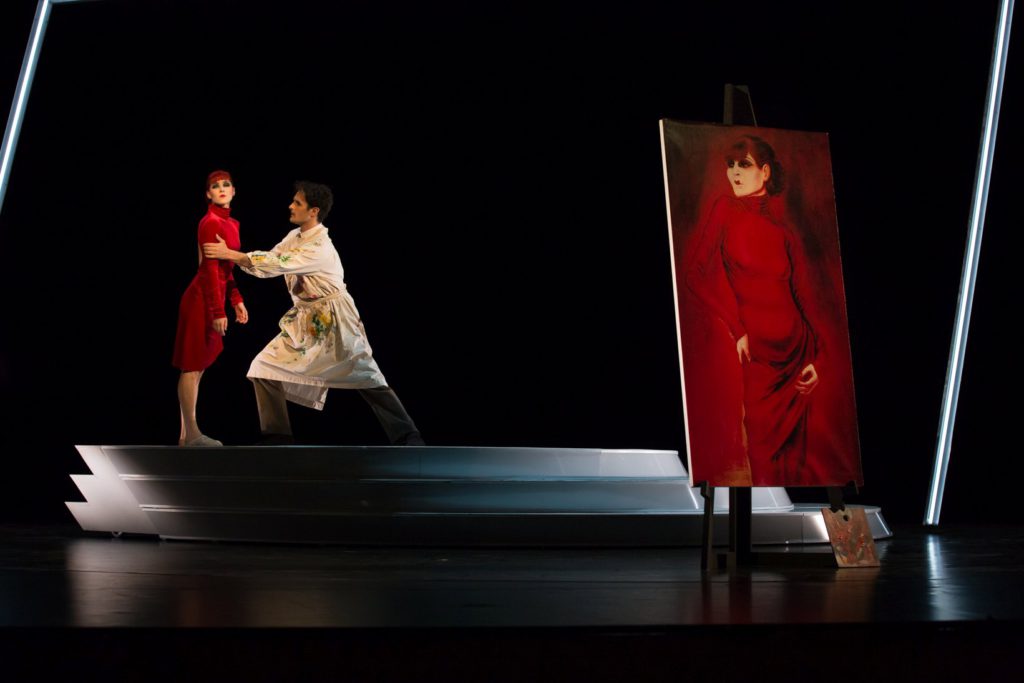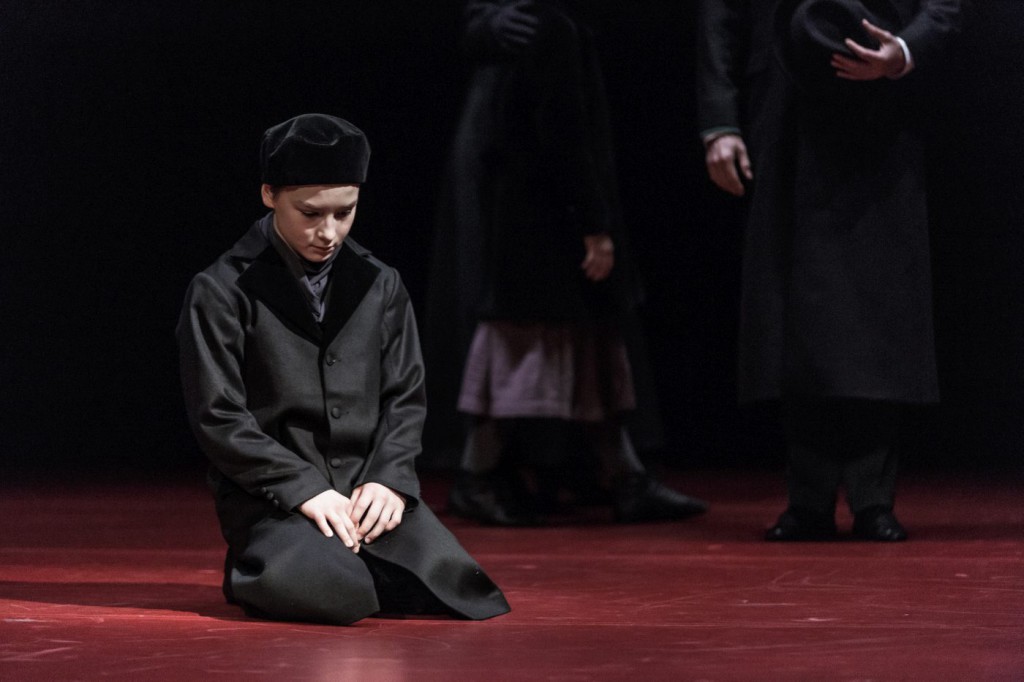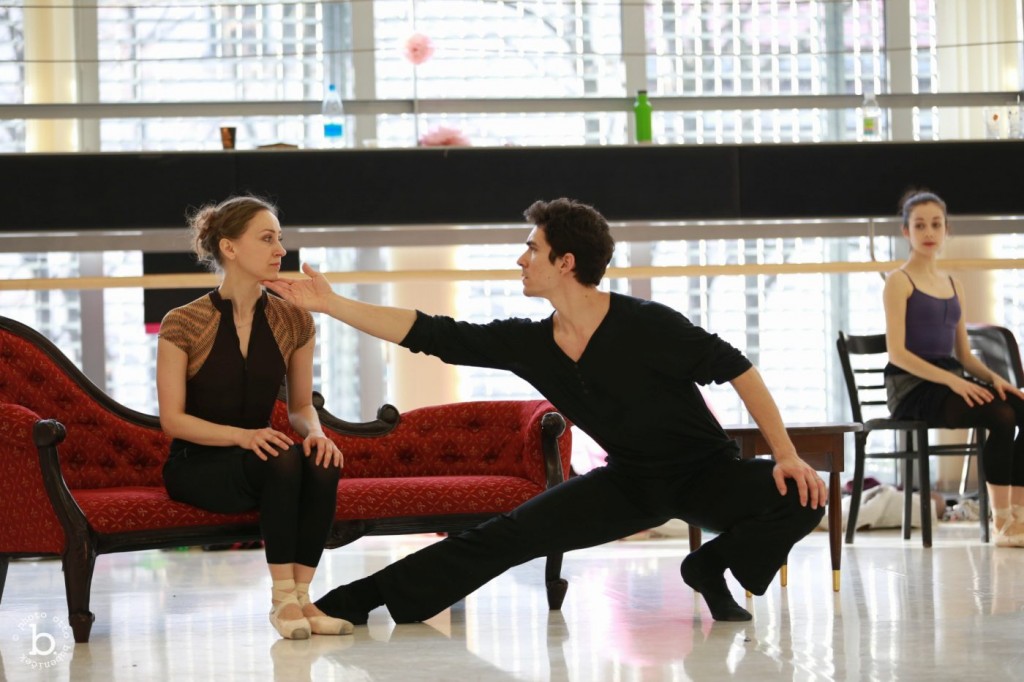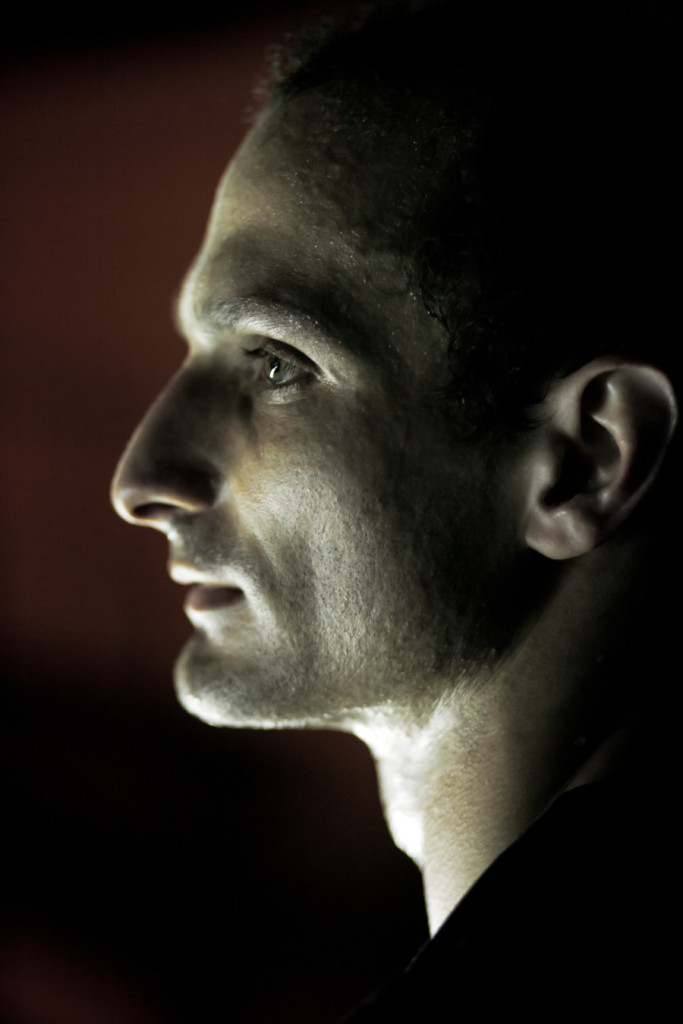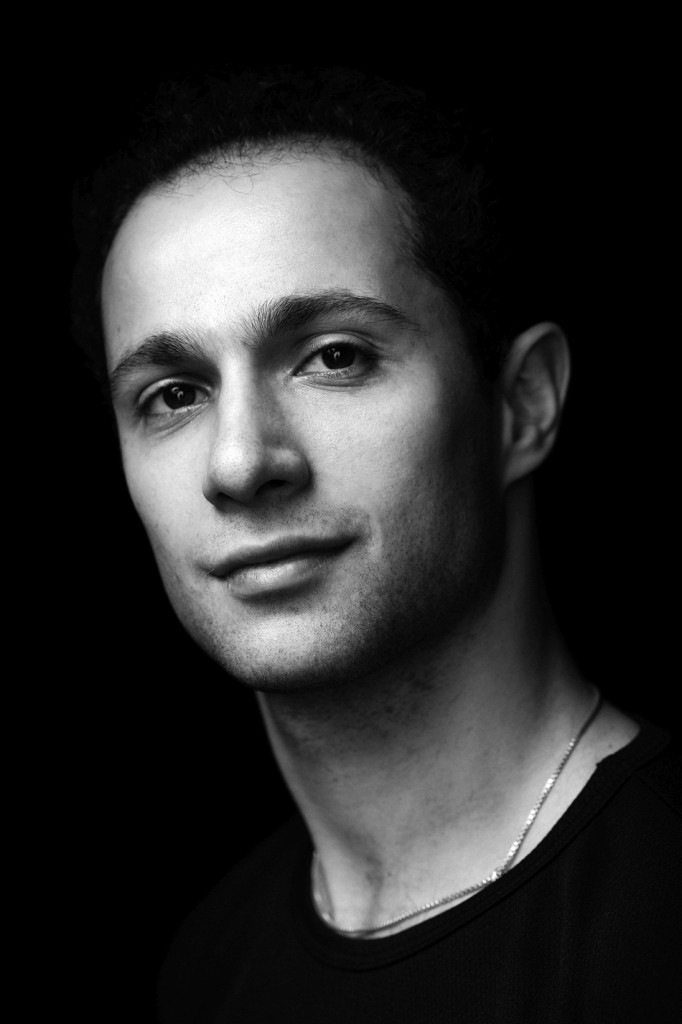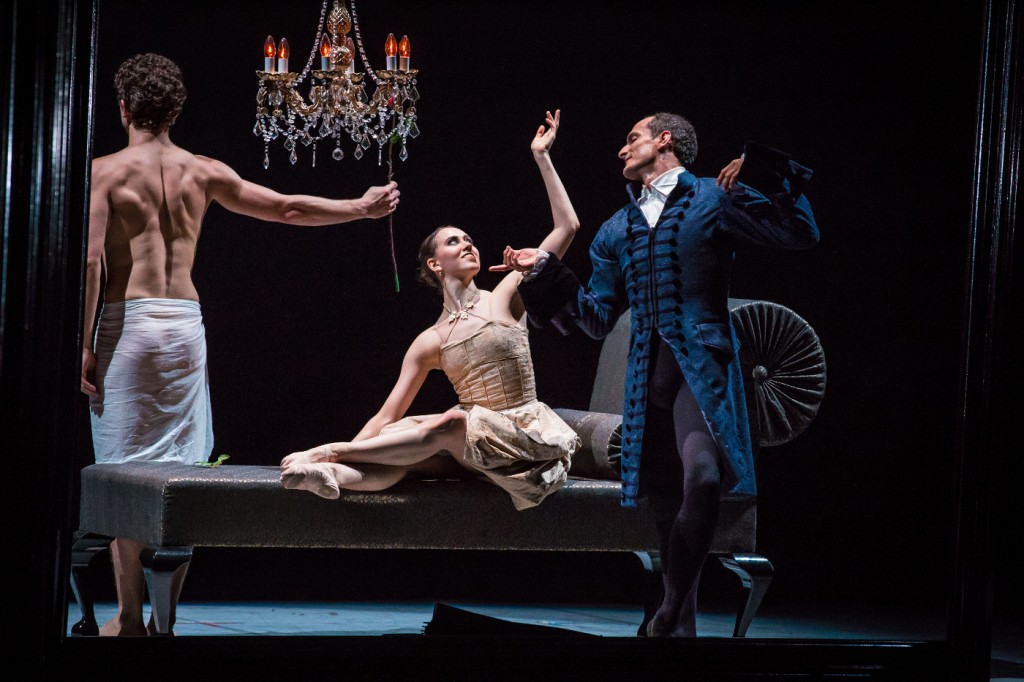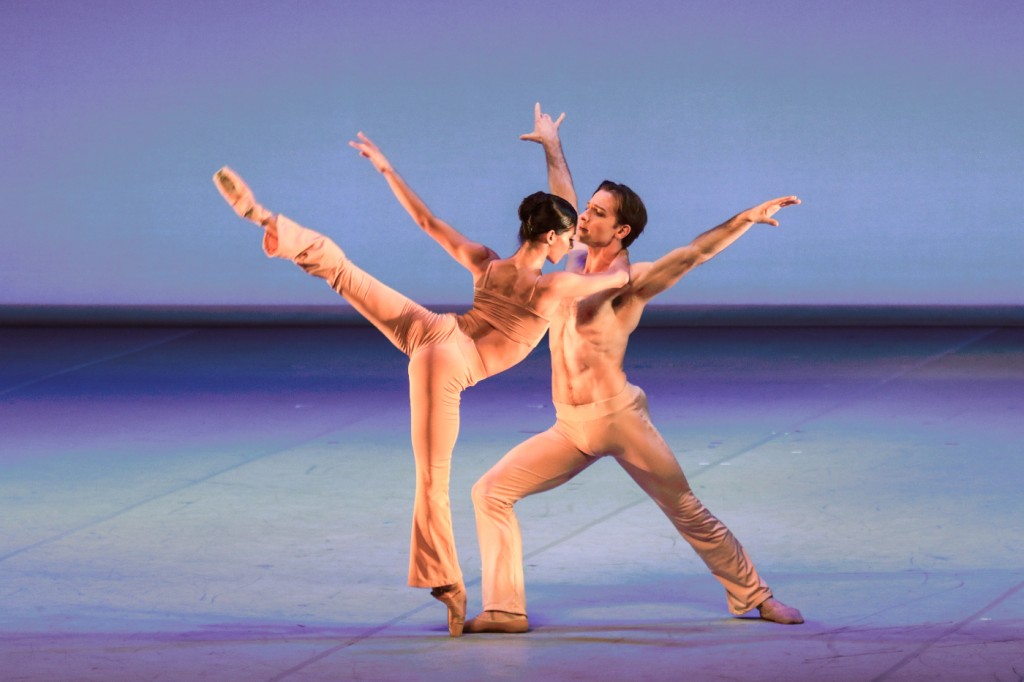Closing a Chapter
“Tribute to Otto and Jiří Bubeníček”
53. International Television Festival Golden Prague
Prague, Czech Republic
September 29, 2016
by Ilona Landgraf
Copyright © 2016 by Ilona Landgraf
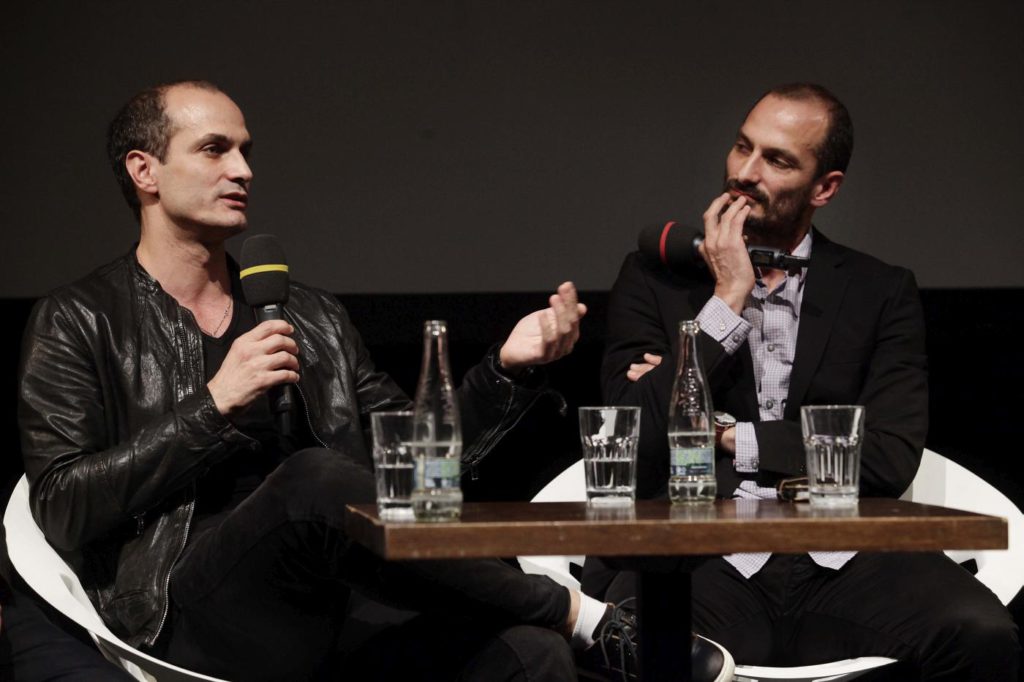 September 28th marked the opening of the annual International Television Festival Golden Prague. The city truly lived up to the festival’s title. Warm autumn sun bathed the beautiful historic facades in golden light, inviting the crowds of tourists to stroll in T-shirts and summer dresses. The five-day television festival took place on the New Stage of the National Theatre, located just behind the old theater house.
September 28th marked the opening of the annual International Television Festival Golden Prague. The city truly lived up to the festival’s title. Warm autumn sun bathed the beautiful historic facades in golden light, inviting the crowds of tourists to stroll in T-shirts and summer dresses. The five-day television festival took place on the New Stage of the National Theatre, located just behind the old theater house.
Loved by their countrymen, Otto and Jiří Bubeníček have regularly appeared on Czech TV. A new, one-hour documentary, produced by Jaroslav Bouček and directed by Martin Kubala, provides insight into the twins’ artistic and private lives during the last two and a half years. (more…)
